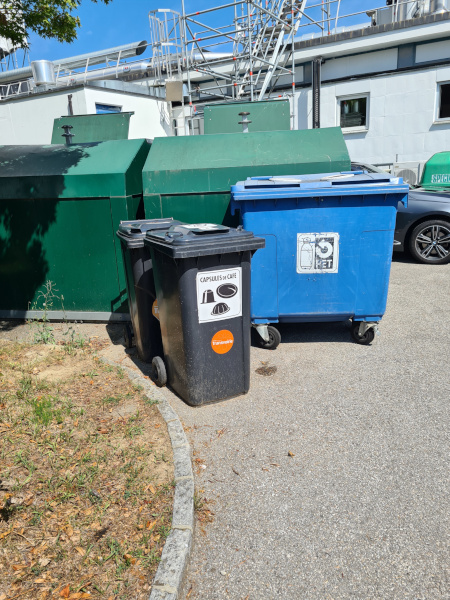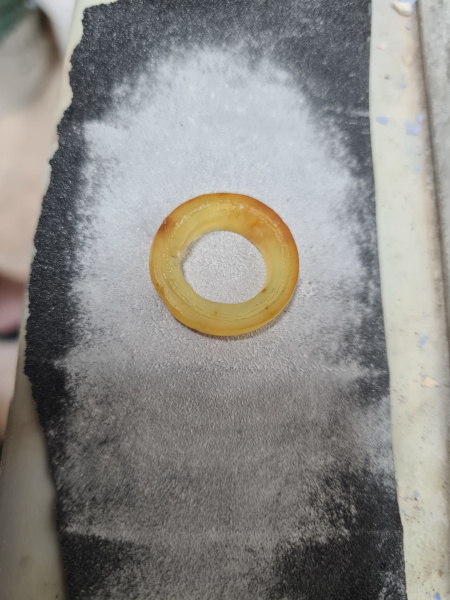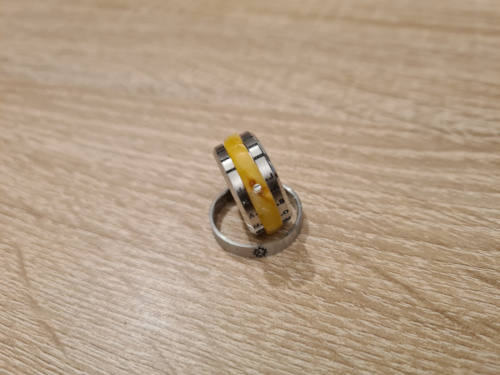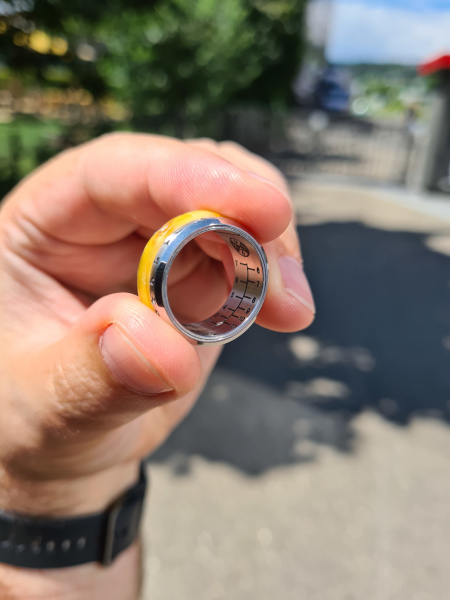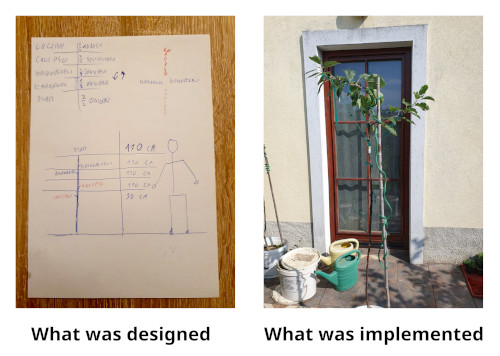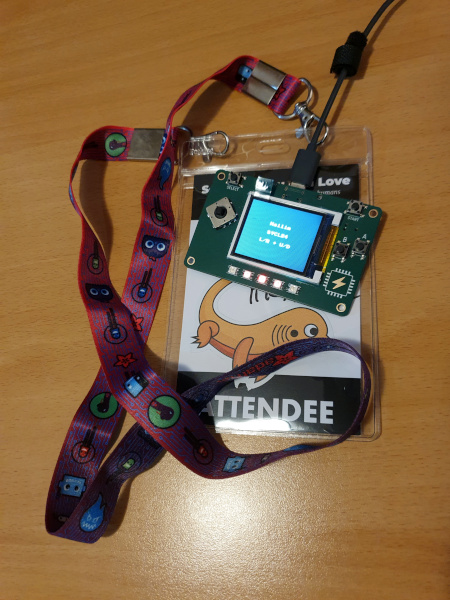A comet!
Namely, C/2023 A3 (Tsuchinshan-ATLAS) to be precise.
Every once in a while, the stars align (pun intended), and this specific part of the world actually gets a celestial event without the cloud coverage.
It’s quite amazing what you can do today with a cell phone camera:
The theme for a while now is “adult life for life”. So, a trip here and there is nothing new. But when you get an opportunity to peek behind the scenes of “some sciency stuff”, you go!
The location is left as an exercise for the reader, but the clue is provided as such. Where can you see the original web server:
Only that’s not the interesting part, anyone can go to a museum. The interesting stuff is behind the scenes:
And I have to say this, out of everything seen and done, nothing says “science is being done here” more than having a dedicated trash can for coffee pods:
Did you know computers don’t have to be digital? Of course, you did, but I needed an intro, so here we are.
It starts with a fascination and an idea. Astronomical rings in this case. Of course, today you can buy almost anything, but never quite the way you want it.
So why not take some “junk”, or let’s call them “half products,” off the internet and make something really nice! A proper sun ring with a real “sun stone” for the gnomon.
Not to bore too much with details, since most of the work is in detailed sanding, but the whole process can be broken down into these parts.
Material acquisition:
Detailed work:
Inspection:
Testing:
Not much to say, accept the Software You Can Love conference was wonderful.





